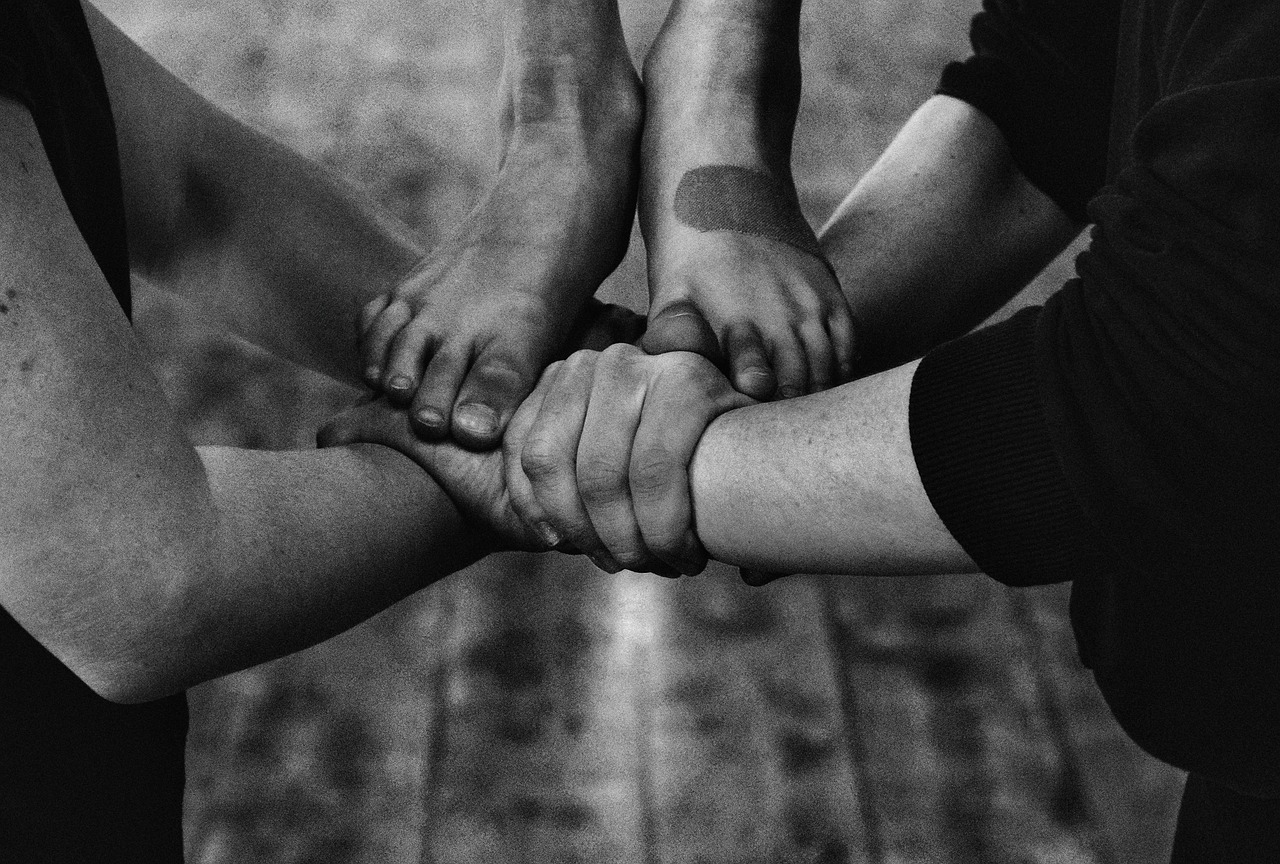Recovering from a sports injury can be a challenging journey, but with the right approach, athletes and fitness enthusiasts can regain their full strength and return to the activities they love. Sports injuries, ranging from minor sprains to more serious fractures, often require a tailored recovery plan to ensure proper healing. Understanding the steps to recovery not only helps prevent further injury but also boosts confidence as one progresses back to full health.
Every athlete’s path to recovery is unique. Factors such as the type of injury, severity, age, and overall fitness level all influence how quickly and effectively the body heals. Rehabilitation methods have evolved over time, incorporating new technologies, targeted exercises, and dietary adjustments to accelerate healing. For those wondering how to recover from sports injuries, it’s essential to focus on a personalized, comprehensive plan that addresses both the physical and mental aspects of recovery.
From early treatment steps like rest and ice therapy to advanced techniques such as physical therapy and gradual reintroduction of exercises, each stage plays a crucial role in the recovery process. In this guide, we’ll dive into proven strategies to recover from sports injuries efficiently. Whether you’re a seasoned athlete or a recreational sports enthusiast, these steps can help pave the way for a safe and successful recovery.
1. Immediate Steps After Injury
In the first hours following a sports injury, quick action can help minimize damage and set a foundation for faster recovery. The R.I.C.E method—Rest, Ice, Compression, and Elevation—is one of the most effective ways to start. By reducing blood flow to the affected area, these methods can decrease swelling and pain, allowing for better assessment by a healthcare provider.
After initial care, seeking medical evaluation is essential, even for injuries that may seem minor. A doctor can determine if there is structural damage, such as fractures or ligament tears, and recommend appropriate imaging, like X-rays or MRIs. Understanding the injury’s severity from the outset helps avoid complications during recovery.
Finally, avoid the temptation to “walk it off” or return to activity prematurely. Resting allows the body’s natural healing processes to kick in, and pushing through pain can worsen the injury. Following these early steps diligently will make the recovery journey much smoother.

2. Engaging in Physical Therapy
Physical therapy is a cornerstone in recovering from sports injuries, focusing on restoring strength, mobility, and flexibility. Therapists often use exercises tailored to the injury, gradually building up the affected area to withstand everyday movements and eventually sports-related activities.
Sessions typically start with light, controlled movements designed to restore basic functions without putting too much strain on the injured part. As progress is made, more complex exercises targeting strength, balance, and endurance are introduced. Each step helps ensure a smooth transition back to normal activity.
Adhering to a physical therapy schedule is crucial, as consistency allows for steady progress. Those who maintain regular sessions generally experience faster recoveries and lower risks of re-injury. Physical therapy isn’t just about treating the injury; it’s about strengthening the entire body to support future athletic endeavors.
3. Incorporating Nutrition for Healing
Proper nutrition plays a significant role in accelerating recovery from sports injuries. Key nutrients such as protein, calcium, and vitamins C and D are essential for tissue repair, bone strength, and immune function. Including a balanced diet rich in lean meats, fruits, vegetables, and dairy products can provide the necessary building blocks for recovery.
Proteins are particularly important, as they help repair damaged muscle fibers and promote overall muscle health. For athletes with more severe injuries, anti-inflammatory foods like fish rich in omega-3s, leafy greens, and berries can reduce swelling and support the healing process.
Hydration is equally important, as water aids in transporting nutrients to the injury site and removing waste products. Athletes recovering from sports injuries should aim to drink plenty of water and avoid alcohol and caffeine, as they can dehydrate the body and hinder recovery.
4. Gradual Return to Activity
Once cleared by a healthcare professional, athletes can slowly reintroduce activities with modified exercises that avoid excessive stress on the injured area. Gradual progression is critical to prevent re-injury, as the body needs time to adapt to increased activity levels.
Starting with low-impact activities, like walking or light stretching, allows the injured area to handle some weight and movement. Over time, exercises with increased resistance, agility, and intensity can be introduced under the guidance of a therapist or trainer.
Tracking progress is also essential. Many athletes benefit from keeping a journal to record any pain, discomfort, or progress. This log helps identify any areas of concern and allows adjustments to be made to the rehabilitation program, ensuring a smoother transition back to sports.
5. Mental Resilience During Recovery
The mental aspect of recovering from sports injuries is often overlooked, yet it’s crucial to achieving full recovery. Injuries can lead to feelings of frustration or even anxiety about returning to physical activity. Practicing mental resilience techniques, such as mindfulness and visualization, can help athletes remain focused and positive.
Goal-setting is another effective method to keep motivation high. Setting realistic short-term goals, like reaching a specific range of motion or pain-free movement, provides a sense of accomplishment and helps maintain momentum through the recovery process.
Seeking support from friends, family, or support groups can also make a big difference. By sharing experiences and progress with others who understand the challenges of sports injuries, athletes can stay encouraged and mentally prepared for their return to activity.
7 Tips For Recovering Mentally After A Sports Injury
Conclusion
Recovering from sports injuries is a journey that requires patience, dedication, and a well-structured plan. By taking immediate steps after injury, engaging in physical therapy, focusing on proper nutrition, gradually reintroducing activities, and nurturing mental resilience, athletes can maximize their recovery potential and minimize the risk of re-injury. The road back to full strength may be challenging, but with the right approach, athletes can confidently return to the sports they love, stronger than before.



